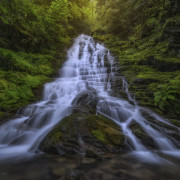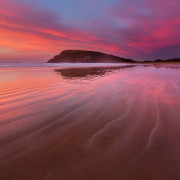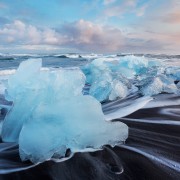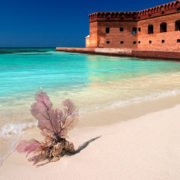Beginner Landscape Photographer guidelines for purchasing Gear
For a beginner landscape photographer, it can be overwhelming to know where to even begin. There is a never-ending array of camera bodies, lenses, tripods, and accessories to choose from. In this article, I will give you some ideas on where to get started as a beginner landscape photographer.
Picking a camera body
This an important decision because camera lenses are specific to each camera brand, which makes it expensive to change brands later on. You can rest assured that all of the camera manufacturers create exceptional products and you cannot make a bad decision when buying the latest camera bodies.
Currently, Nikon and Sony are considered the leaders in landscape photography due to their incredible dynamic range. Does this mean you should not get a Canon? Of course not. There are a plethora of professional landscape photographers using Canon with phenomenal results, and Canon has some of the highest quality camera lenses. The ‘best’ camera body of the time will always be evolving, but good lenses can last a lifetime.
Choose a camera brand that speaks to you, the one that feels good in your hand and you enjoy using. Try to find a camera store (sadly there are few left) to test them out in person. I went rogue and chose Fujifilm because it is so much fun to use and felt the most natural to me. Ask around with any photographer friends you might know, or go to a local camera club, they will be happy to talk your ear off about gear.
Picking camera lenses
It will take some time to figure out which style of lens you prefer, ultra wide-angle lenses create a very different look than telephotos. Until you have a chance to play around with these camera lenses, start with a good quality mid-range zoom; this would be a 24-70 or a 24-105 for more flexibility.
Consider off-brand lenses like Sigma, Tokina, and Tamron. They have improved dramatically over the past few years. Often these lenses have surpassed the quality of the manufacturer’s lenses, and usually for half the price!
You do not need full-frame camera
There was a time when full-frame cameras were many times better than a cropped sensor; those days are largely gone. The quality of cropped sensors has improved dramatically and are now a viable option for professionals. I use a Fujifilm X-Series camera which has an APS-C sensor which I am extremely satisfied with.
Be sure to stick with the latest releases of cameras as the older cameras will have quality issues. Full frame is still better, but the difference is becoming marginal. I prefer a cropped sensor as the lenses are lighter and cheaper as well.
Get a good mid-range tripod
You should not skimp when buying your first tripod. I see so many beginner landscape photographers spend thousands on a camera body and lenses only to buy a cheap tripod. Most landscape photos are taken from a tripod which is the foundation to your entire setup; it needs to be solid!
This does not mean you need to buy the biggest beast of a tripod out there, something in the mid-range will be perfectly adequate for most. Some great brands in the mid-range price are Induro and Feisol. If you want to spend more and buy a tripod that will last a long time, I would recommend Really Right Stuff.
Buy used
You can save massive amounts by buying all your gear used. It does not have quite the sex appeal of opening up a brand new box, but the tradeoff is well worth it. The best place to find used gear is on the Fred Miranda Buy and Sell discussion forums. You need to buy a membership, but this is how they keep out the spammers and is well worth the small fee. They have a review system similar to eBay; you will find great deals here on quality gear. Other options are eBay, Amazon marketplace, and KEH.
Do not go photography filter crazy
There are so many filters out there that you do not need! Take a pass on UV filters and Graduated Neutral Density filters. Using a lens hood is better protection for your lens than a UV filter, and GND’s are only effective for flat landscapes. A graduated filter in post-processing or blending images takes the place of a GND.
The only filter that is a must-have is a circular polarizer, my favorite brand is Breakthrough Photography. Eventually, you will want to add solid neutral density filters to your bag, start with a 6 stop, then add a 3 stop, these are great for slowing down shutter speeds, especially for moving water. Once you get the hang of these and want to get into long exposures to blur clouds, etc., consider adding a 10 and 15 stop as well.
Spend a little extra
Let’s face it; landscape photography is not a cheap hobby to get into. The quality of camera gear is almost always relative to the price, anything cheap will end up being replaced in the future and costing you more in the long run. The best investment you can make is in lenses and a tripod, camera bodies are replaced often and lose their value quickly.
Forget the accessories
Gimmicky accessories are a distraction that will only get in the way and are a waste of money. All you need is a camera body, lenses, memory card, and a tripod. Think carefully before buying anything else, photographers love their gadgets and gizmos that promise to make them a great photographer. I will let you in on a secret; accessories will not make you a better photographer. There are no shortcuts, only years of practice and study.













You forgot extra batteries. Most necessary when out on a hike
One accessory I have found to be a necessity is a shutter release cable or intervalometer. Yeah, you can get by using the camera’s timer, but for $20-$30, why? Get it. I wouldn’t leave home without it.